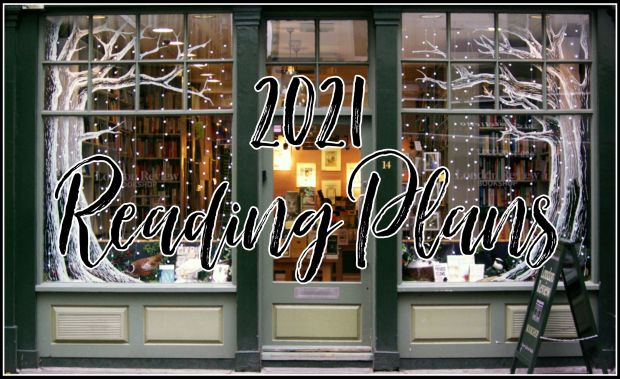
My final tally for 2020 stands at 203 books and 63,225 pages. When I initially set my Goodreads reading challenge, I chose 150 books as the goal for the year. Since 2013, there has only been one year – 2018 – when I read fewer than 150 books. That year clocked in at 134. Because of the early spring lockdowns, I met that 150 book goal in August, and upped it to 200.
Aside from the overall challenge, I didn’t participate in any specific reading challenges except for a small genre challenge in one of my GR groups. I don’t do a lot of tracking of my reading – every year I see people make awesome graphics about their yearly reading by things like publication year, male versus female authors, genre, etc., and I am always jealous. But, by the end of the year, the prospect is really too daunting to accomplish.
One thing that I did do this year, that has been really interesting, is that I’ve kept track of how much money I’ve saved by checking out books instead of buying them. I acquired a library card when the pandemic started and have been extensively using the electronic hold system to request ebooks – to the point that I have saved $568.81 by not buying a number of the books I read this year. This doesn’t even begin to account for the number of books that I checked out, decided I actually wasn’t interested in reading right away and returned them unread to be re-requested later, if the mood strikes me.
I have added a couple of challenges to the wheelhouse for 2021, most particularly the Back to the Classics challenge. But, aside from that, I intend to continue essentially as I have been doing: reading a lot of vintage fiction, a lot of golden age mysteries, checking out books (especially more recently published books) from the library, and reading as my fancy takes me. Fingers crossed that 2021 is a better year altogether than 2020, even if it means that I read fewer books!
 Less Than Angels
Less Than Angels There Came Both Mist And Snow
There Came Both Mist And Snow